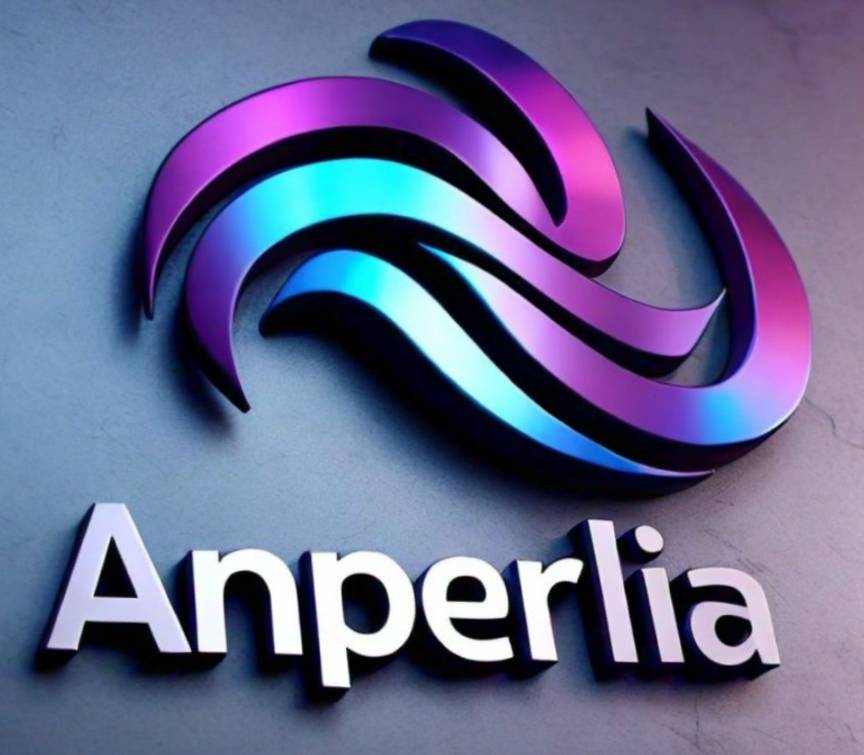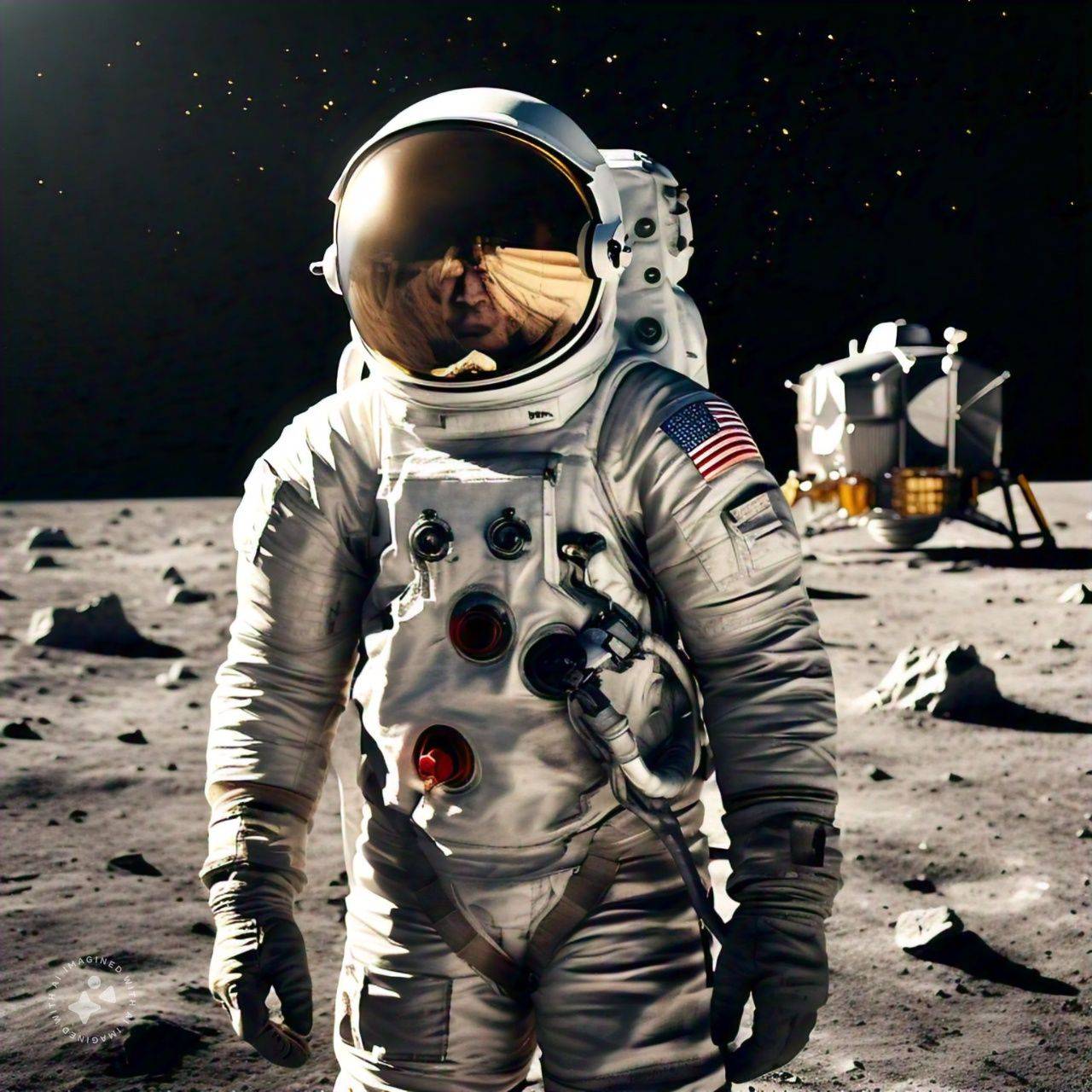The Artemis Mission: Returning Humans to the Lunar Surface
Introduction
NASA's Artemis program represents a monumental step forward in human space exploration, aiming to return humans to the lunar surface by 2025. This ambitious endeavor marks a significant milestone in the United States' space agency's quest to establish a sustainable presence on the Moon and eventually send humans to Mars. In this blog, we'll delve into the Artemis mission's objectives, spacecraft design, scientific goals, and the impact of this historic undertaking.
Background and Objectives
The Artemis program takes its name from the Greek goddess of the hunt, Artemis, who was also the twin sister of Apollo. This naming convention pays homage to the Apollo missions that successfully landed humans on the Moon in the late 1960s and early 1970s. The Artemis program's primary objectives are:
1. Return humans to the lunar surface by 2025
2. Establish a sustainable presence on the Moon
3. Conduct extensive scientific research
4. Develop and test technologies necessary for a manned mission to Mars
Spacecraft Design
The Artemis mission will utilize several key spacecraft components:
1. Orion Spacecraft: Designed for deep space missions, Orion will provide life support systems and protection for the crew.
2. Space Launch System (SLS): NASA's heavy-lift rocket will propel the Orion spacecraft and the Gateway to the Moon.
3. Gateway: A lunar-orbiting space station serving as a base for missions to the lunar surface.
4. Commercial Lunar Lander: Private companies will provide landing craft for transporting crew and cargo between the Gateway and the lunar surface.
Scientific Goals
The Artemis mission will focus on various scientific disciplines:
1. Lunar Geology: Studying the Moon's composition, structure, and geological history.
2. Astrobiology: Investigating the possibility of past or present life on the Moon.
3. Physics and Astronomy: Conducting research in the lunar environment's unique conditions.
4. In-Situ Resource Utilization (ISRU): Exploring the use of lunar resources, such as water ice, for future missions.
Mission Timeline
Here's an overview of the Artemis mission timeline:
1. 2022: Uncrewed Artemis I mission tests the SLS and Orion spacecraft.
2. 2024: Crewed Artemis II mission sends astronauts on a lunar flyby.
3. 2025: Artemis III mission establishes the first sustainable human presence on the Moon.
4. 2028 and beyond: Continued missions expand the lunar base and prepare for Mars exploration.
Impact and Future Implications
The Artemis mission marks a pivotal moment in human space exploration:
1. Stepping Stone for Mars: Developing technologies and strategies for a manned Mars mission.
2. Lunar Resource Utilization: Paving the way for in-situ resource utilization and sustainable space exploration.
3. Scientific Discovery: Advancing our understanding of the Moon, space, and the universe.
4. Inspiring Future Generations: Reigniting interest in STEM education and space exploration.
Conclusion
The Artemis mission represents a monumental leap forward in human space exploration, scientific discovery, and technological innovation. As NASA embarks on this historic journey, the world watches with anticipation, inspired by the possibilities that lie beyond the boundaries of our planet.
Additional Resources
For more information on the Artemis mission, visit:
- NASA's Artemis Program website
- NASA's Artemis Mission website
- Space.com's Artemis Mission coverage
FAQs
Q: What is the Artemis mission?
A: The Artemis mission is NASA's program to return humans to the lunar surface by 2025 and establish a sustainable presence on the Moon.
Q: What is the purpose of the Gateway?
A: The Gateway is a lunar-orbiting space station serving as a base for missions to the lunar surface.
Q: Who is the Artemis mission named after?
A: The Artemis mission is named after the Greek goddess of the hunt, Artemis, who was also the twin sister of Apollo.
Q: What is the expected timeline for the Artemis mission?
A: The Artemis mission timeline includes uncrewed and crewed missions from 2022 to 2028 and beyond.
Keywords: Artemis mission, NASA, lunar exploration, space travel, sustainability, scientific research, Gateway, Orion spacecraft, Space Launch System.


